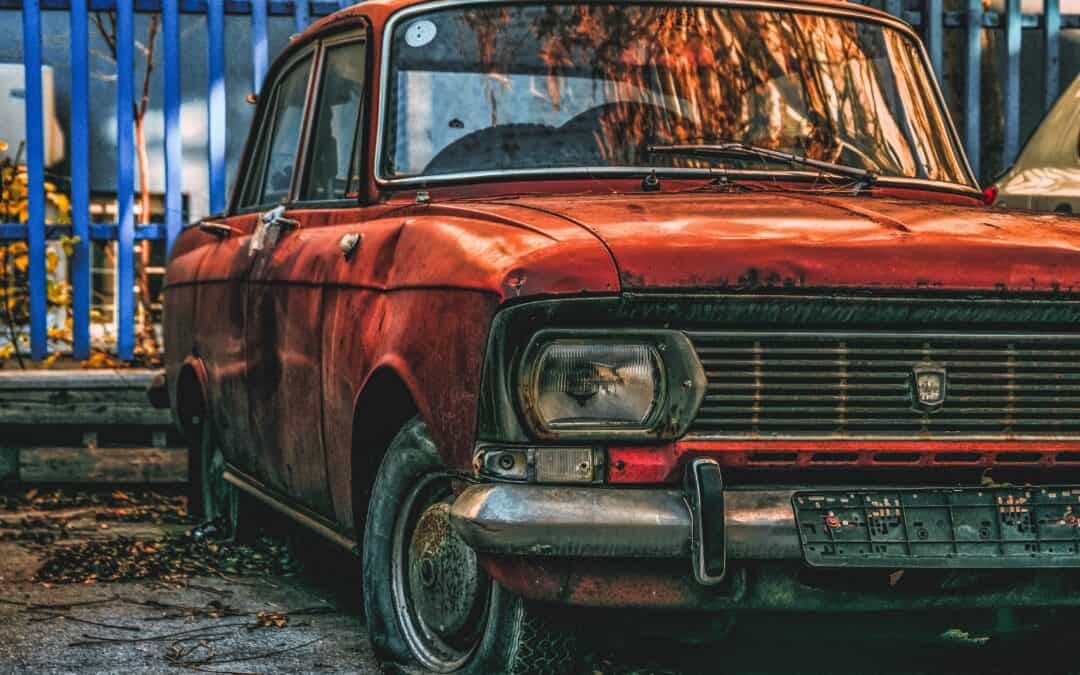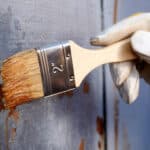With thousands of vintage car clubs registered throughout the world, it is clear that many people are keen car restoration hobbyists. The rewards are great, with the opportunity to display your efforts at car shows, rallies and local festivals. If you wish to have your pride and joy admired for many years to come, the key to successful restoration is to remove all rust in the first instance. This will allow you to undertake a perfect paint job and ensure that your car retains its pristine condition.
Much Ado About Rust
Rust is created by oxidization which causes iron-based metals to break down. Many older cars were not given the anti-rust treatments available today and quickly began to show signs of corrosion within months of being sold. Your hobby car is likely to contain a range of issues from relatively simple surface rust through to problematic penetration rust. Different types of rust need particular treatments.
Surface rust occurs when paint breaks down. It does not affect the structure of the car, so it can easily be treated by sandpapering through the corrosion to reach bright metal. Penetration rust causes the base metal to flake away, resulting in holes. Your only choices are to replace entire panels or cut out the rust and weld patches into place.
Your car is most likely to have a considerable amount of scale rust, which develops anywhere that water could not drain away easily. The floor pan, lower door posts, heater channels and upper shock area are some areas which should be inspected carefully. Whilst not as serious as penetration rust, scale rust will appear in difficult-to-reach places. There are several processes available to remove scale rust and prevent its return.
Bust the Rust Forever
Depending on the size of your rust problem, certain methods may be relatively easy to perform yourself. Other derusting techniques definitely require the help of a professional to guarantee safety and a quality job.
Chemicals:
There are acid products, usually containing phosphoric acids, which can be applied to rust. They are able to reach difficult crevices. It takes time, patience and a considerable amount of product to remove all rust. These chemicals can be hazardous to health if used incorrectly so follow all safety precautions.
Rust Converters
These do not remove rust but convert it into black magnetite which prevents further corrosion. Areas such as inner door surfaces which are difficult to treat with other methods are particularly suited to rust converters. They tend to be less toxic than chemical removal methods. Rust converters are not suitable for the entire car as their effectiveness over time can vary.
Paint stripping
Commercial paint stripping companies remove paint and rust by using caustic chemicals and electrolysis. You will need to strip your car down to parts so that they can be dipped in large tanks. This method is very effective, but expensive. If the chemicals are not properly removed from the seams they can leak out later and remove paint, after restoration.
Abrasive blasting
Sandblasting and other abrasive blasting methods, such as garnet or soda, are proven, comparatively inexpensive methods of removing rust from the majority of your car parts. This should only be performed by a professional in the interests of safety and the risk that an amateur may cause metal to warp. This is the fastest, most thorough choice, leaving your car ready for primer and a shiny new paint job.
A successful car restoration begins with a rust-free, clean surface. Follow this advice to select the rust eradication methods which offer the best appearance and durability for your historic vehicle. Steel yourself to be a source of admiration and envy at future car exhibitions.




